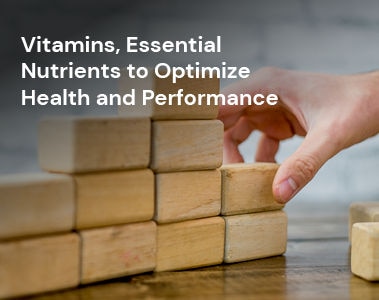Arechiga, C.F., Staples, C.R., McDowell, L.R., Hansen, P.J. (1998). Effects of timed insemination and supplemental beta-carotene on reproduction and milk yield of dairy cows under heat stress. Journal of Dairy Science, 81, 390–402.
Constable, P.D., Hinchcliff, K.W., Done, S.H., Grünberg, W. (2017). Veterinary Medicine: A Textbook of the Diseases of Cattle, Horses, Sheep, Pigs, and Goats. 11th ed. St. Louis: Elsevier, pp. 1314-1320.
Craig, L.E., Dittmer, K.E., Thompson, K.G. (2016). Bones and Joints. In M.G. Maxie (Ed.), Jubb, Kennedy, and Palmer’s Pathology of Domestic Animals, Vol. 1, 6th ed. St. Louis: Elsevier, pp. 82-84.
DelCurto, T., Hess, B.W., Huston, J.E., Olson, K.C. (2000). Optimum supplementation strategies for beef cattle consuming low-quality roughages in the western United States. Journal of Animal Science, 77(E-Suppl), 1–. doi:10.2527/jas2000.77E-Suppl1v
Donkersgoed, J.V., Clark, E.G. (1988). Blindness caused by hypovitaminosis A in feedlot cattle. Canadian Veterinary Journal, 29(11), 925-927.
Hemken, R.W., Bremel, D.H. (1982). Possible role of beta-carotene in improving fertility in dairy cattle. Journal of Dairy Science, 65, 1069–1073.
Hess, B.W., Lake, S.L., Scholljegerdes, E.J., Weston, T.R., Nayigihugu, V., Molle, J.D.C., Moss, G.E. (2005). Nutritional controls of beef cow reproduction. Journal of Animal Science, 83(suppl_13), E90–E106. https://doi.org/10.2527/2005.8313_supplE90x
Ikeda, S., Kitagawa, M., Imai, H., Yamada, M. (2005). The roles of vitamin A for cytoplasmic maturation of bovine oocytes. Journal of Reproduction and Development, 51, 23-35.
Kaewlamun, W., Okouyi, M., Humblot, P., Remy, D., Techakumphu, M., Duvaux-Ponter, C., Ponter, A.A. (2011). Does supplementing dairy cows with β-carotene during the dry period affect postpartum ovarian activity, progesterone, and cervical and uterine involution? Theriogenology, 75, 1029-1038.
Madureira, A.M.L., Pohler, K.G., Guida, T.G., Wagner, S.E., Cerri, R.L.A., Vasconcelos, J.L.M. (2020). Association of concentrations of beta-carotene in plasma on pregnancy per artificial insemination and pregnancy loss in lactating Holstein cows. Theriogenology, 142, 216–221. doi:10.1016/j.theriogenology.2019.10.006
Parker, E.M., Gardiner, C.P., Kessell, A.E., Parker, A.J. (2017). Hypovitaminosis A in extensively grazed beef cattle. Australian Veterinary Journal, 95(3), 80-84.
Pohler, K.G., Pereira, M.H., Lopes, F.R., Lawrence, J.C., Keisler, D.H., Smith, M.F., Vasconcelos, J.L., Green, J.A. (2016). Circulating concentration of bovine pregnancy-associated glycoproteins and late embryonic mortality in lactating dairy herds. Journal of Dairy Science, 99, 1584–1594.
Sajovic, J., Meglič, A., Glavač, D., Markelj, Š., Hawlina, M., Fakin, A. (2022). The role of vitamin A in retinal diseases. International Journal of Molecular Sciences, 23(3), 1014.
Sales, J.N.S., Dias, L.M.K., Viveiros, A.T.M., Pereira, M.N., Souza, J.C. (2008). Embryo production and quality of Holstein heifers and cows supplemented with beta-carotene and tocopherol. Animal Reproduction Science, 106, 77–89.
Santos, F., Dorea, J., De Souza, J., Batistel, F., Costa, D. (2014). Forage Management and Methods to Improve Nutrient Intake in Grazing Cattle. 25th Florida Rumin. Nutr. 144-165.
Van Der Lugt, J.J., Prozesky, L. (1989). The pathology of blindness in newborn calves caused by hypovitaminosis A. Onderstepoort Journal of Veterinary Research, 56(2), 99-109.
Wilcock, B.P., Njaa, B.L. (2016). Special Senses. In M.G. Maxie (Ed.), Jubb, Kennedy, and Palmer’s Pathology of Domestic Animals, Vol. 1, 6th ed. St. Louis: Elsevier, pp. 407-508.



